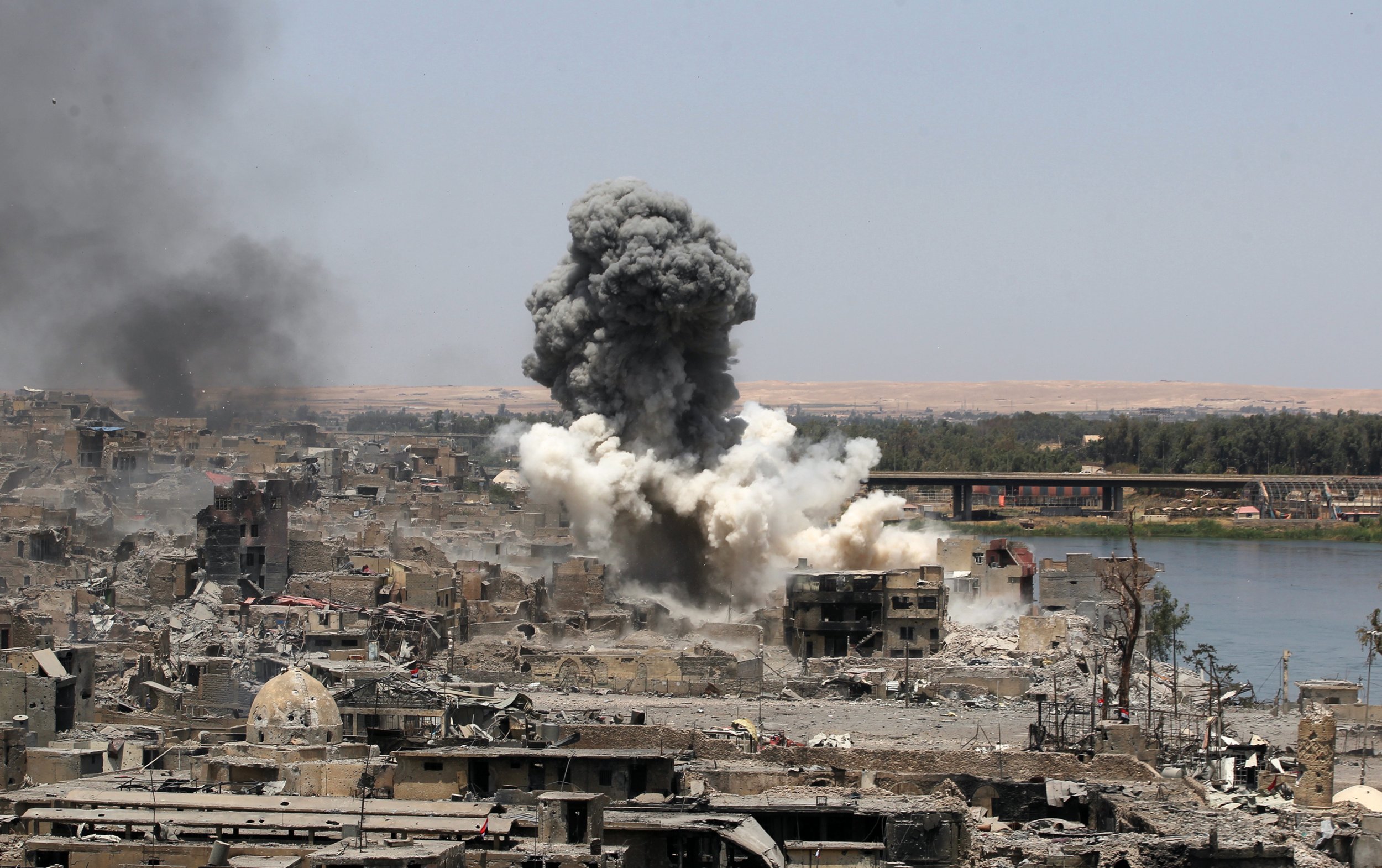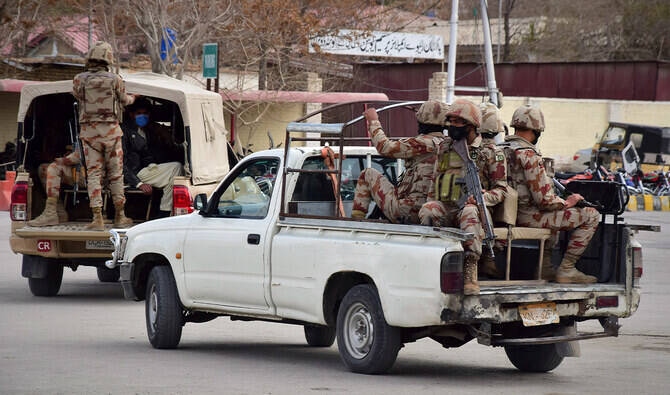In a dramatic escalation of regional tensions, the Israeli military announced it conducted over 400 airstrikes on strategic military targets in Syria over the past 48 hours. This followed the ousting of President Bashar al-Assad by Syrian rebels on Sunday, ending his 24-year rule.
The strikes focused on preventing advanced weaponry from falling into the hands of hostile groups. Key targets included missile stockpiles, anti-aircraft batteries, and naval vessels at ports in Latakia and Al-Bayda. Among the destroyed assets were dozens of sea-to-sea missiles, fighter jets, UAVs, and advanced radar systems, the Israeli Defense Forces (IDF) reported. The military emphasized the importance of neutralizing these threats to safeguard regional security.
Israeli forces also moved into a buffer zone on the eastern edge of the Golan Heights, solidifying control and reducing risks of cross-border escalation. Israeli Prime Minister Benjamin Netanyahu hailed the developments as a “historic day” for the Middle East, framing the fall of Assad as a significant blow to Iran’s regional influence. "This is a monumental shift, breaking the tyranny in Damascus and empowering the oppressed across the region," Netanyahu stated, reflecting on the broader implications of Assad's ouster.
The swift rebel offensive that began in late November not only toppled Assad but also dismantled decades of Assad family rule, signaling a major geopolitical transformation. Israel’s recent actions underline its strategic goal of weakening Iran’s allies, including Hezbollah and Hamas.
Netanyahu extended a message of peace to Syria’s diverse communities, such as the Druze and Kurds, pledging support for those seeking freedom from oppressive regimes. The collapse of the Assad regime offers both opportunities and challenges, reshaping alliances and the balance of power across the Middle East.








 OpinionExpress.In
OpinionExpress.In















Comments (0)